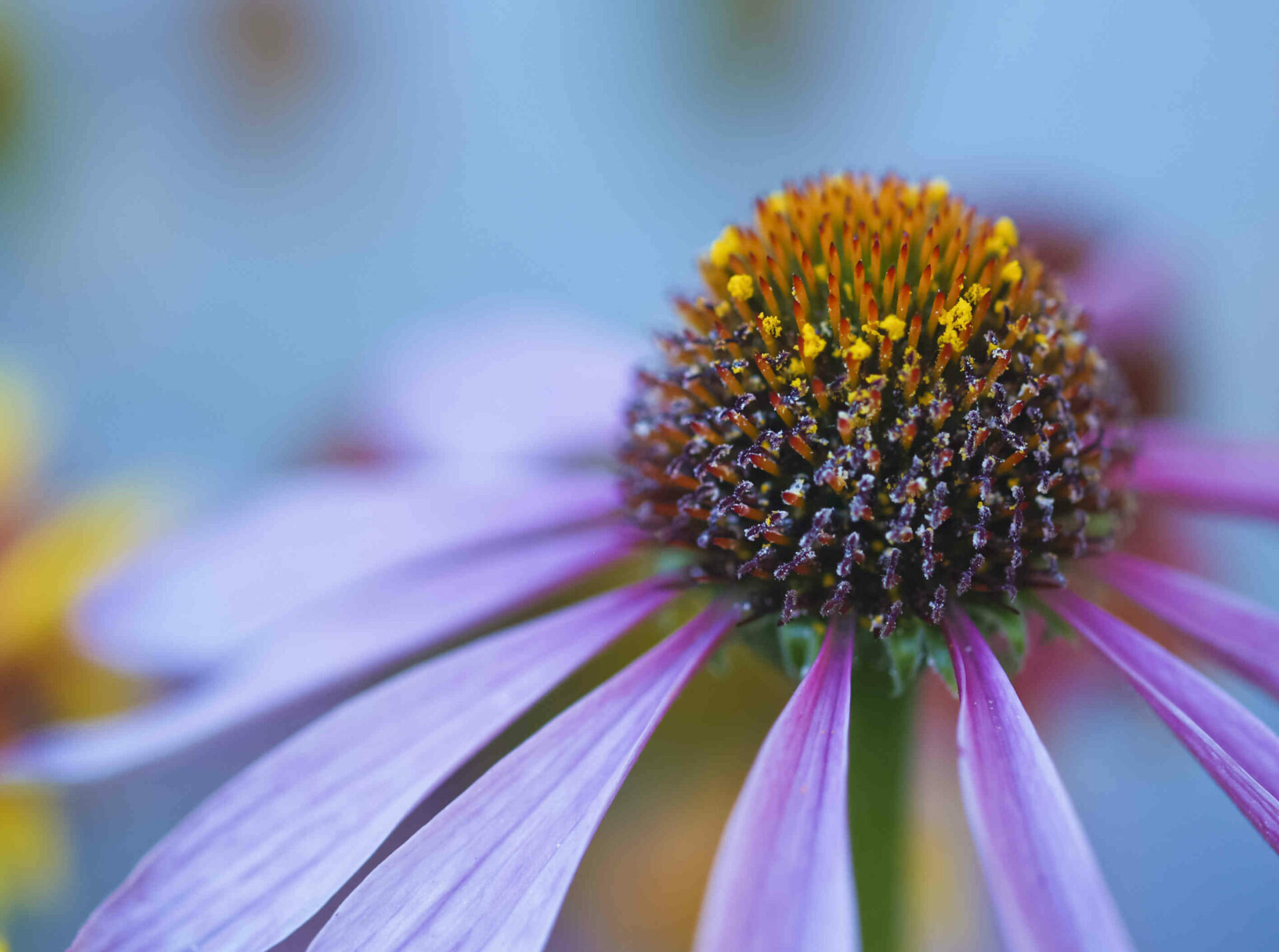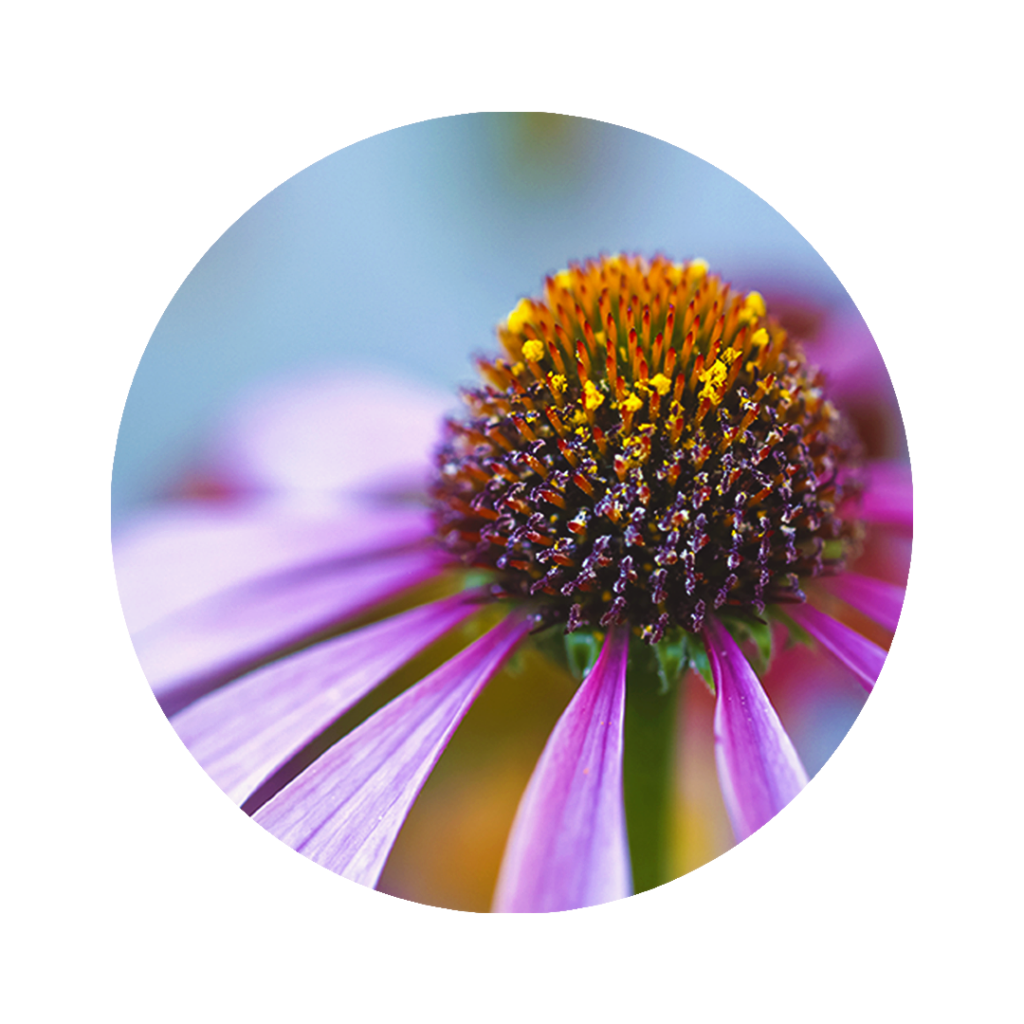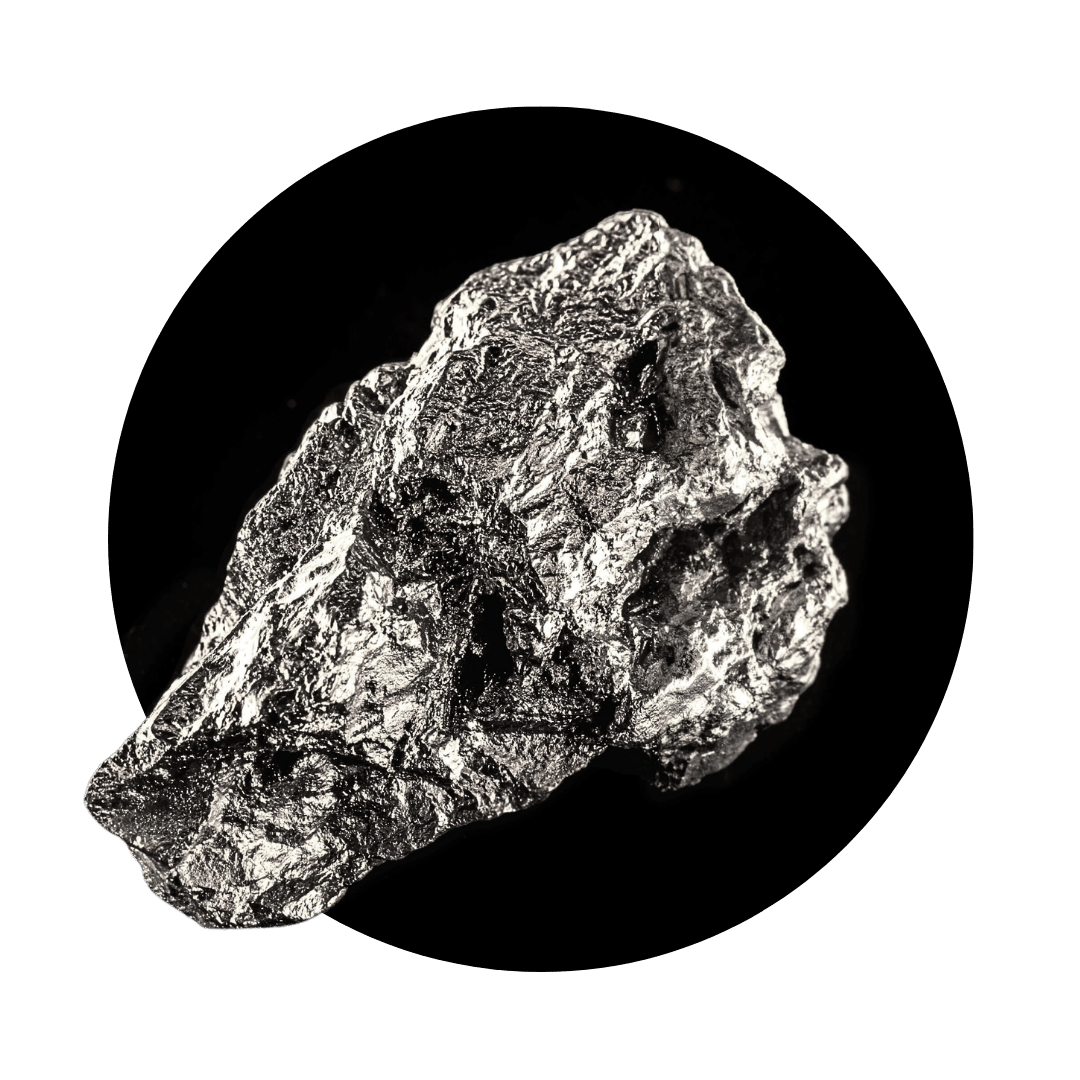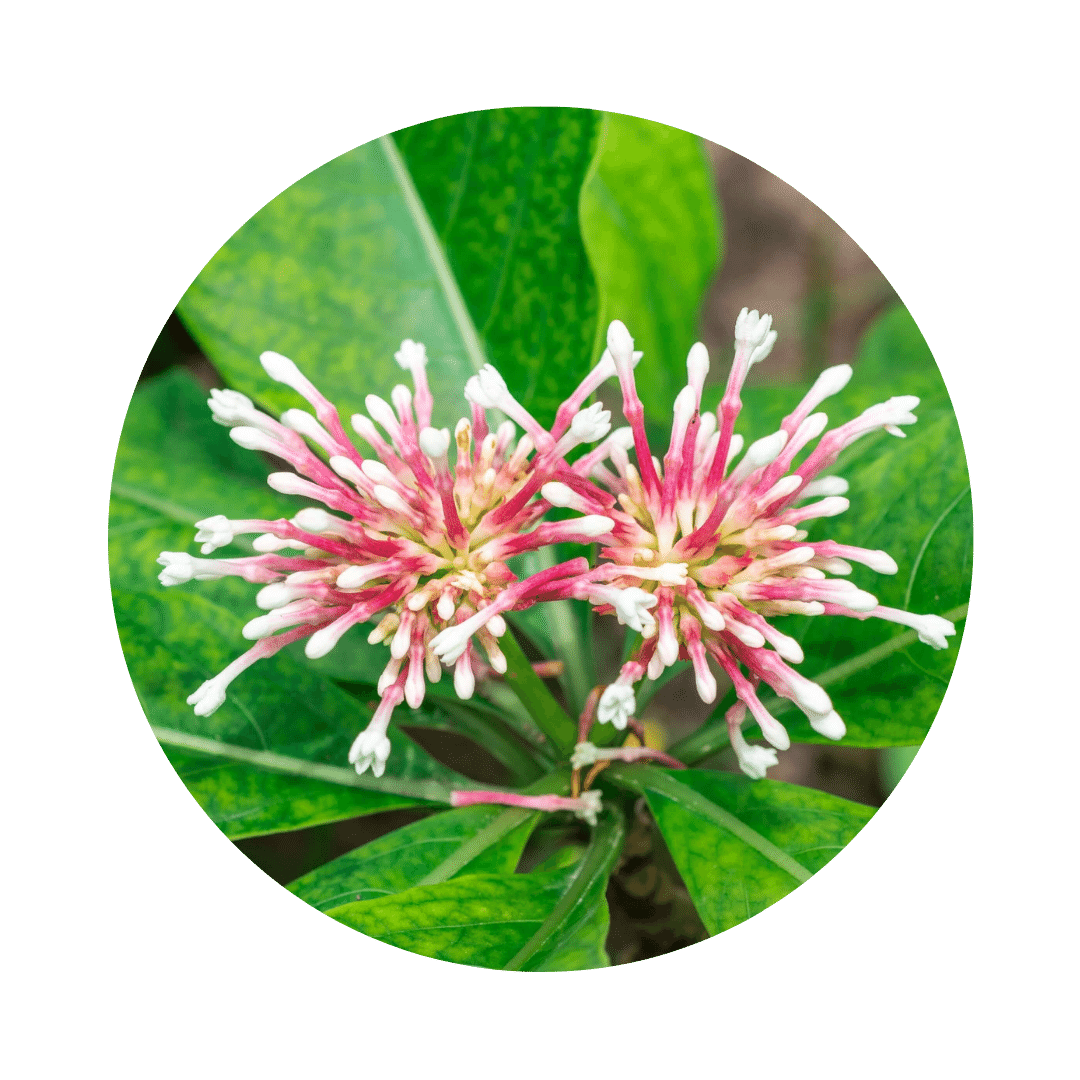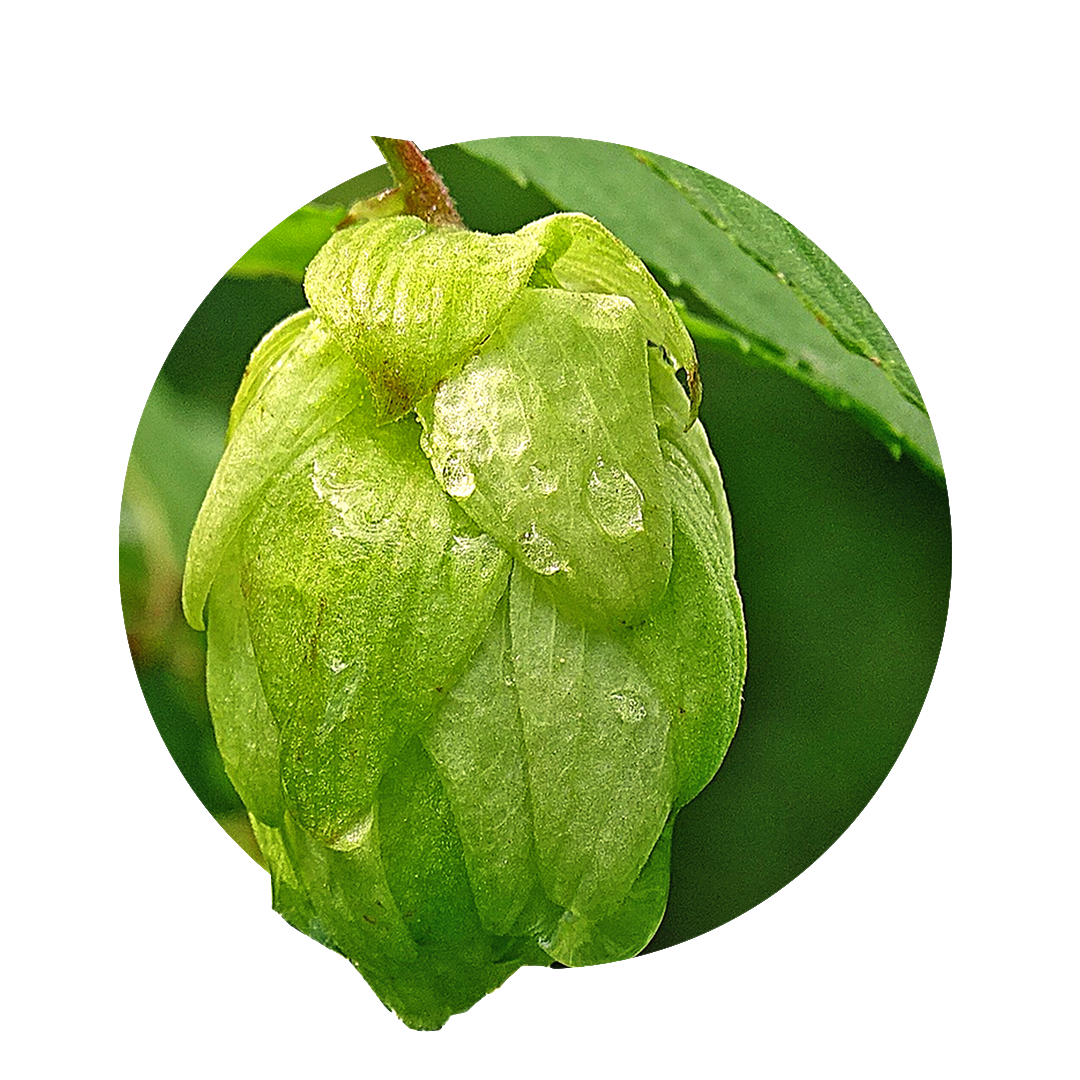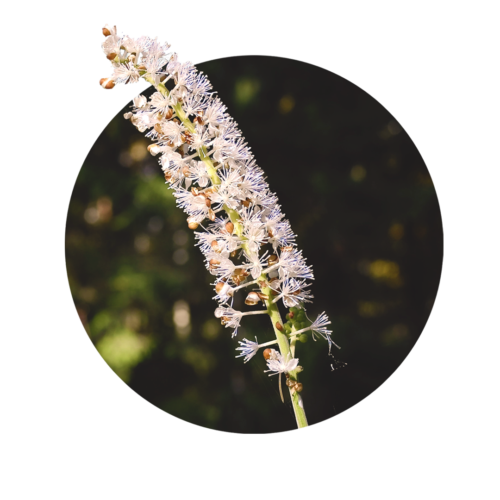Echinacea: Turbo for the immune system
The great high times of Echinacea in the year are spring and autumn. In the changing weather phases, the body must adapt to the light or dark season. This exerts it and often it acknowledges it with a cold, as it is more susceptible to infections. Echinacea is the immune booster with which such episodes can be prevented or at least shortened.
Echinacea facts
Did you know that...
... already the Natives in North America used the plant for colds?
... Echinacea has spread in Germany since the 18th century?
... the fresh leaves of Echinacea are good to eat in salad?
What is Echinacea?
Echinacea is a perennial plant from the North American steppe with a growth height of 80 to 100cm. It is a very common plant in our gardens, as it is in full splendor in midsummer and is extremely beautiful to look at. Moreover, once it has taken root, it is very easy to care for and hardy. It is only necessary to cut off the withered, above-ground parts of the plant, so that it can sprout anew in spring from the deep-growing taproot. Medicinally, the medicinal plant is used for everything, a strengthening of the immune system is useful. This can be infections with fungi, bacteria or viruses, but also for wound care Echinacea is regularly used.
General and healing properties of echinacea
Echinacea is one of the most important plants when it comes to the immune system, infections and prophylaxis of the same. Its wound healing effect on infected skin lesions has been investigated and explained in studies. Echinacea contains substances that are antiseptic, antifungal, antibacterial and -viral. Thus, they relieve the immune system and give it the opportunity to overcome the problem. In addition, it is considered immunostimulant, as its antioxidant effects promote the immune system.
Echinacea / Echinacea: Ingredients
The full extent of its effect has not yet been conclusively determined, but it is clear from the studies that it has a basic immune-boosting effect and leads to significant reductions in the duration of illnesses in adults with colds.
- Polysaccharides,
such as xylan and arabinorhamnogalactan - Cichoric acid
- Alkylamides
- Vitamin C
Echinacea: effect for body and mind
Echinacea is our No. 1 immune plant, and it is often used in practices, especially in the changing seasons of the year, to increase the immune capacity of patients or to shorten existing illnesses. From the complex cocktail of active ingredients found in the plant to date, it can be deduced for which problems the use of the plant basically makes sense and is recommended. The cichoric acid contained in echinacea is a true miracle cure, especially for skin inflammations. It inhibits the enzyme hyaluronidase and thus causes pathogens to spread poorly in the skin. This allows the skin to regenerate better and overcome the infection. Alkylamides are substances that activate the scavenger cells of our immune system and thus have a strong anti-inflammatory effect. They are not found in all Echinacea species. The polysaccharides xylan and arabinorhamnogalactan contained in echinacea are additionally immunostimulatory. Their direction of action matches that of the other two active ingredients. They increase the leukocyte count and make you more resistant. Inflammatory mediators such as cytokines are increased and thus the performance of your immune defense. Vitamin C is known as a radical scavenger and antioxidant. The immune system in particular is extremely sensitive to a high flood of radicals that cause inflammation. Vitamin C serves here as a buffer and thus reduces the inflammatory potential.
Echinacea properties
- Promotes wound healing
- Antiseptic
- Fungicide
- Antibacterial
- Antiviral
- Immunostimulant
Fields of application in naturopathy
Immune system is the keyword for echinacea and from this derives the different areas of application in which echinacea has recommended itself as the first choice medicinal plant.

Echinacea to strengthen the immune system
If you're going through a stressful period and you know your immune system might be on its knees, you can save yourself from the worst with Echinacea. Its immune-boosting ingredients will strengthen your defenses and you will come through this phase with a strong immune system. Choose tea preparations for this purpose. They should be strong enough to support you.
Echinacea for infectious diseases
In infectious diseases you always catch some virus, bacterium or fungus. They multiply in your body and cause the disease. Your immune system reacts by sending defense cells to stop the multiplication of the pathogens, kill the existing pathogens and then let the scavenger cells eat them. Echinacea, with its effective polysaccharides, now increases the number of your defense cells and makes them work better by increasing the release of inflammatory mediators. The infection is thus tackled more intensively, therefore takes less time and you are fit again sooner.
The cone flower for immune deficiency
If you basically suffer from immune deficiency and therefore constantly catch a virus, then you can make good cures with Echinacea. Here it makes sense to work with echinacea tinctures. These are concentrated alcoholic extracts from the root and herb of Echinacea. They have a very high content of active ingredients and are therefore particularly effective.
Echinacea for wounds
Externally, echinacea tinctures can be used diluted for wound irrigation. Subsequently, it is recommended to apply a healing ointment with echinacea and to apply an airy bandage. Usually, healing ointments are complex remedies, which means that in addition to echinacea, they will also contain other plants with similar healing effects. However, since echinacea with its contained cichoric acid is excellent for wounds, it is just often a component of such creams.
The coneflower for colds
Sometimes such a cold is only in the bronchial tubes, sometimes even in the lungs, but usually in the nasal and sinus area. You have symptoms such as a cold, increased temperature and perhaps a slight cough. Echinacea is excellent for treating such cold symptoms due to its antiviral and antibacterial properties. You can take echinacea as a tea or drops, or find a medicine that contains echinacea. Studies have clearly shown that colds can be shortened or even prevented. Try it out!
Echinacea for inflammation
Due to its immune-enhancing effect, Echinacea is the remedy of choice for infection-related inflammations. It reliably increases the body's defenses and thus mitigates the course of the infection. The inflammation subsides and the associated symptoms such as redness, heat, loss of function, pain and swelling go down. However, you should be careful with autoimmune inflammations or underlying diseases. These can be worsened by Echinacea, because Echinacea activates the immune system in the case additionally, which is not desired here.
Notes on the use of echinacea
You can buy echinacea as part of a tess, in tablet form or as drops in the pharmacy and take. It is important, however, that you limit the time of taking it. Echinacea in its phytotherapeutic preparation should not be taken for longer than 4-6 weeks at a time. The spagyric sprays from ZIMPLY NATURAL are particularly suitable for long-term use.
Echinacea during pregnancy and lactation
According to a recent study from Norway (2016), there is nothing to be said against temporary oral use during pregnancy and breastfeeding. Studies have found no influence on the fetus. However, most manufacturers advise against taking preparations containing echinacea.
Echinacea and allergies
Echinacea can trigger severe allergy attacks, especially in existing allergy sufferers or asthmatics. Therefore, these patients have been advised against taking it since 1996.
Echinacea and autoimmune diseases
In patients with autoimmune diseases, the body's own immune system turns against its own body cells for unexplained reasons. The immune system is therefore oversensitive and activated. Echinacea intake is strictly discouraged in this case, as it is feared that the autoimmune reaction will be intensified.
Echinacea and MS
In multiple sclerosis, too, the actual disease process has not been conclusively clarified. In any case, it is an inflammatory, relapsing disease of the nervous system. The use of echinacea is not recommended here for the same reason as for autoimmune diseases. One fears an additional activation of the immune system and thus that the inflammatory processes in the context of MS will intensify.
Echinacea taken too long
Unfortunately, if you take Echinacea for too long at a time, you will achieve the opposite of what you wanted. The overstimulation causes the immune system to decline and you become more susceptible. An application should therefore always happen as a cure over 2-6 weeks, not longer. Here the spagyric preparation of Echinacea offers itself. With the sprays of ZIMPLY NATURAL you can avoid this problem.
Echinacea for high fever
If you have a high fever, i.e. 39 degrees and more, then your immune system is already running at full speed. Here it is not necessary to try a further activation of the immune system with Echinacea. Obviously, the body is already reacting to the full extent.
Discover our recipes
With natural methods such as the individual spagyric sprays from Zimply Natural, complaints can be treated and sustainably alleviated.
Use the healing power of Echinacea!
Use the healing power of red coneflower and our other more than 100 medicinal plants for the natural relief of your ailments. Improve your well-being and support your body, mind and soul! Use our configurator to create your personal spagyric spray, which is tailored to your needs and accompanies you on your natural path to the improvement of body, mind and soul.

